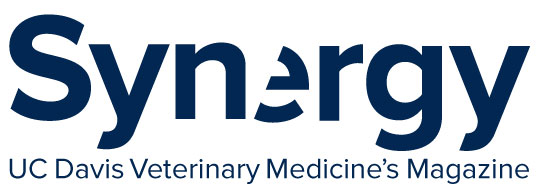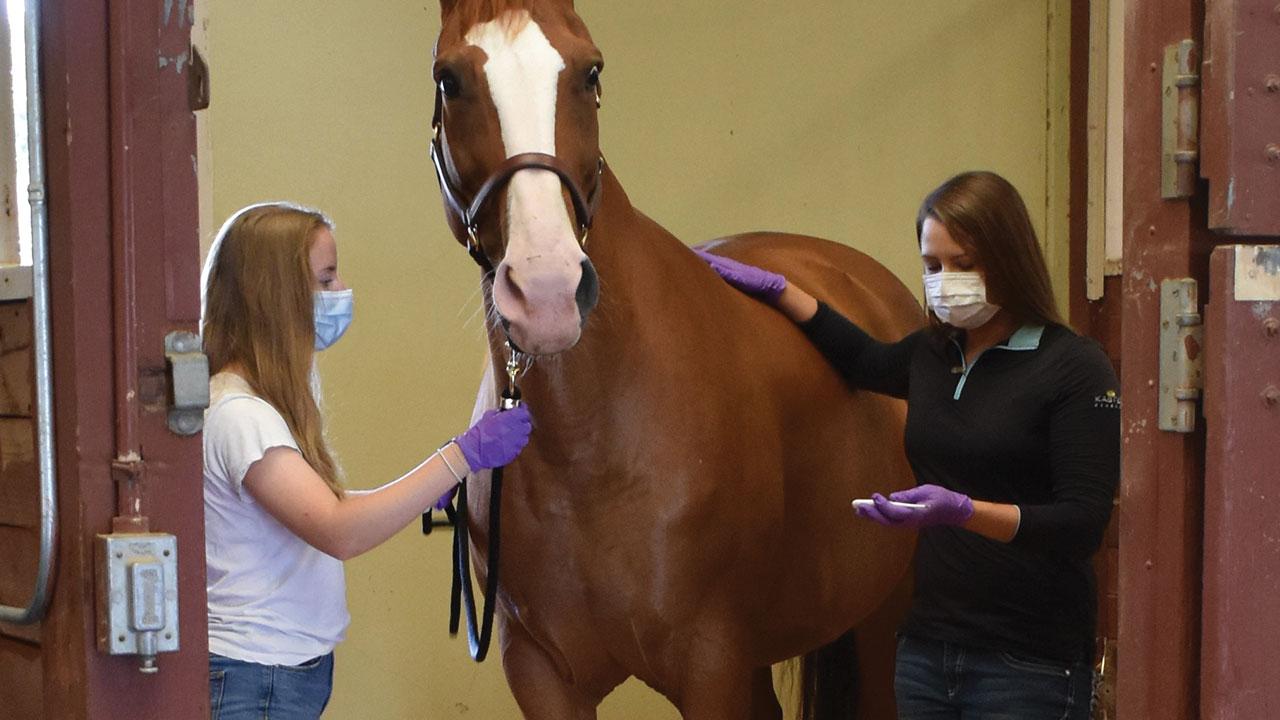
Clinical Updates
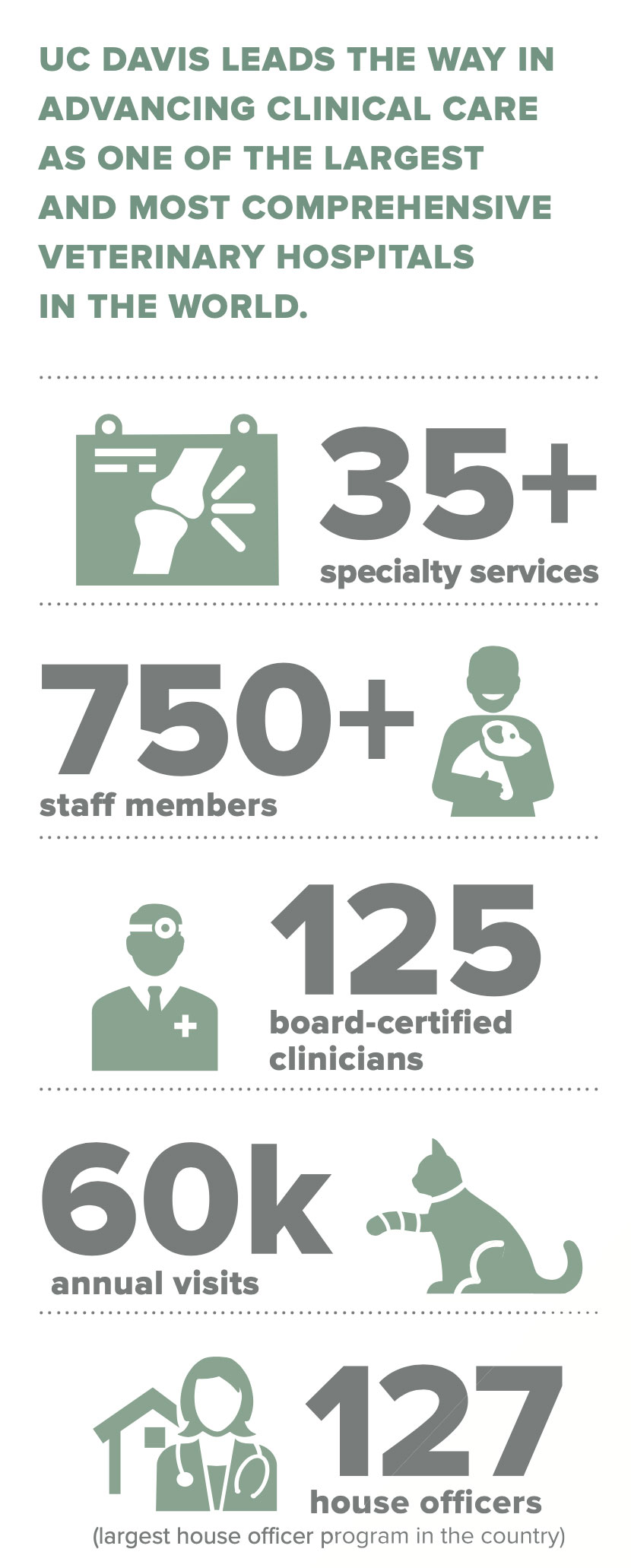
Lessons from EHV-1 Outbreaks
Multiple outbreaks of equine herpesvirus-1 (EHV-1) spread throughout California in early 2022, leading to the postponement or cancelation of multiple horse shows. Treatment of EHV-1 requires intense supportive care and immediate isolation to prevent infection spread. The UC Davis veterinary hospital took in a handful of these horses and treated them in the Equine Isolation Unit, a standalone facility on the hospital grounds where each stall is equipped with its own air circulation to avoid cross contamination between isolated horses.
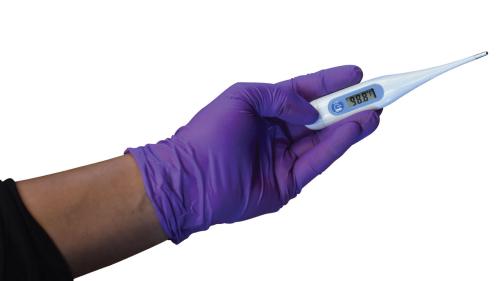
EHV-1 causes respiratory infection, neonatal infection, abortion, or equine herpesvirus myeloencephalopathy (EHM)—a potentially fatal neurological disease that attacks the spinal cord and brain.
Professor Nicola Pusterla is at the forefront of studying EHV-1, finding ways to help institute better regulations at shows and have buy-in from all participants to reduce risk.
“Based on these recent California outbreaks, as well as ones that canceled shows in Europe last year, I anticipate that protocols for horses attending these shows will change,” said Pusterla.
Pusterla emphasizes the need for scientific data to back up any new guidelines. To that end, he and a team of UC Davis scientists recently completed two studies. One showed that subclinically infected horses shed EHV-1 at levels similar to clinically infected horses. Further, it showed that environmental contamination played a role in some infections, emphasizing the need to adhere to proper biosecurity measures before, during, and after attending shows.
A second study showed that non-invasive muzzle/nares swabs are comparable to more invasive nasal swabs in the detection of EHV-1, which could lead to an easier method of disease detection during an outbreak.
“Zero risk does not exist, but combining earlier detection with prompt isolation and biosecurity measures can reduce the overall morbidity rate and the length of the outbreak,” Pusterla said.
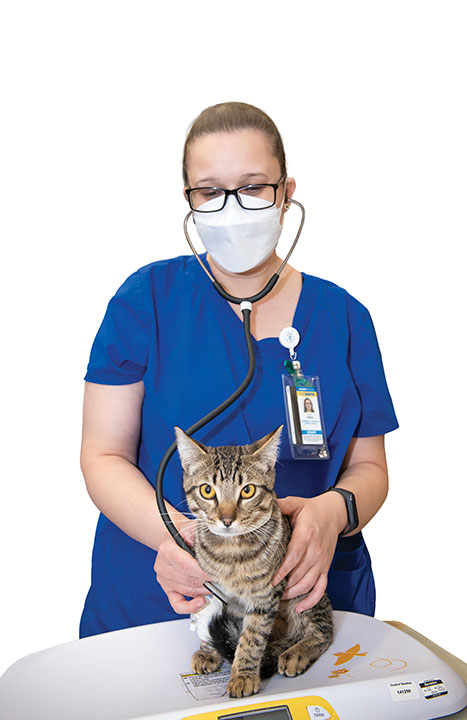
New FIP Clinical Trials Enrolling Patients
Two new clinical trials focused on treating feline infectious peritonitis (FIP) are currently enrolling patients at the UC Davis veterinary hospital. FIP, caused by a feline coronavirus variant, was historically thought of as a fatal disease. Research at UC Davis conducted by Dr. Neils Pedersen over the course of several decades uncovered several promising treatments for this disease. Now, under the guidance of Drs. Krystle Reagan, Amir Kol, and Brian Murphy, new trials have launched assessing different approaches to optimize FIP treatment.
One trial is investigating the safety and efficacy of remdesivir, a drug with emergency use authorization from the FDA to treat COVID-19. Antiviral drugs that decrease virus replication have been investigated in cats with FIP with encouraging results. In previous trials, GS-441524, a drug closely related to remdesivir, was found to be safe and efficacious in treating cats with naturally occurring FIP, however the drug is not readily available in the United States. This study is enrolling two treatment groups – one will receive oral GS-441524 and the other will receive oral remdesivir for comparison. Cats must be diagnosed with the wet form of FIP to take part in this study.
The other trial, funded by the National Institute of Child Health and Development, is seeking to determine if antiviral drugs combined with mesenchymal stem cells may improve response to treatment for FIP.
The goal of the study is to see if cell therapy can enhance the native antiviral immune response and support lymphoid tissue regeneration post infection. The two treatment groups in this study will either receive oral GS-441524 along with an infusion of a novel cell-based therapy, or oral GS-441524 with a placebo. Cats must be within 3-12 months of age and have the wet form of FIP.
Owners interested in enrolling their cats in these clinical trials must reside within close proximity of Davis, California due to the need for recheck visits.
For more information, contact the Clinical Trials office at 855-823-1390
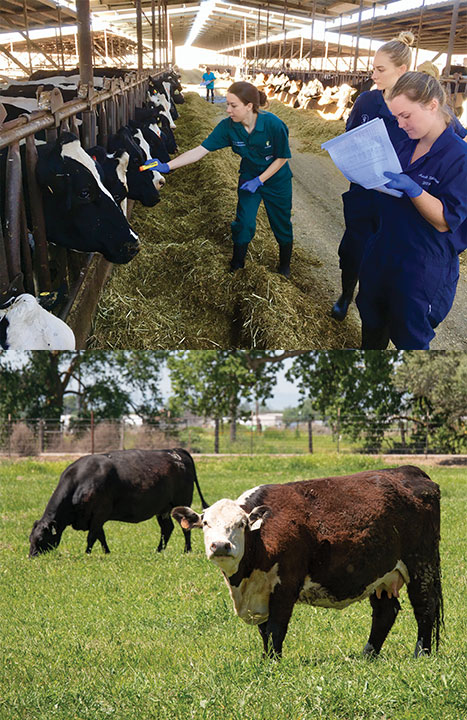
(Lower) The hospital’s Herd Health and Reproduction Service cares for campus’ livestock, including these cattle at the University’s Beef Barn. Photos: Don Preisler
Maintaining the Herd
With a projected world population of 10 billion by the year 2050, food production needs are expected to increase by 50%, placing livestock veterinarians in an increasingly important role. Herd health services at the UC Davis veterinary hospital support that role by enhancing the health of the local livestock community and ensuring a safe and plentiful food supply for California and beyond.
The faculty, residents, technicians, and students of the Livestock Herd Health and Reproduction Service deliver a full range of care to dairy and beef production facilities and ranchers throughout Northern California.
These may include herd wellness examinations, milk quality evaluations, infectious disease prevention and control practices, calf health and management, nutrition, and treatment for a host of other health-related issues to ensure optimal herd production. Additionally, their services can include analysis and evaluation of herd records for monitoring reproduction performance and development of reproduction, as well as protocols tailored to individual herd needs.
A local diary producer who owns one of the largest facilities in the area is a staunch proponent of the hospital’s herd health checks. His calves are sent to an outside feed lot for approximately 20 months before reaching maturity.
“My calves are far healthier than any other calves I see at that lot,” he stated. “That’s a testament to the care they get from UC Davis from birth to 3 months.”
While global food security requires a complex series of approaches, it is clear that production of beef and dairy products will play a significant role in the solution. The school is determined to help the industry meet those emerging needs.
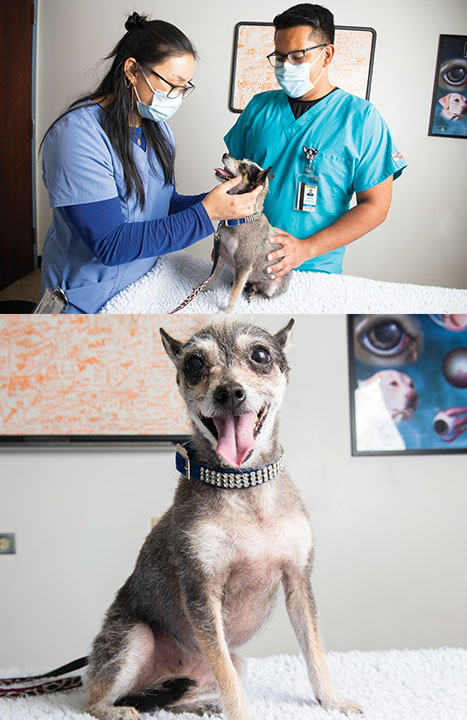
Unique Surgery Saves Dog’s Sight
When Bobby Sue, an 8-year-old terrier mix, starting wincing and was hesitant to open her eyes, owner Jean Walker took her to their primary veterinarian who diagnosed the dog with dry eye. “I didn’t think much of it,” said Walker.
“I didn’t have a grasp at the time of how severe her condition was.”
Dry eye is an immune-mediated destruction of the gland that produces tears. For many dogs with dry eye, a simple, once-a-day topical medication works to treat the condition. But some cases, like Bobby Sue, are more severe, and the dogs do not respond to medical therapy.
They require continual lubrication throughout the day and night, forever. For most owners, including Walker, this task is not possible with their lifestyle.
“How was I going to do this?” questioned Walker. “I would have to quit my job.”
So, Walker opted for the only known alternative—a surgical procedure called parotid duct transposition (PDT), where ophthalmologists rerouted a salivary duct from Bobby Sue’s mouth to the base of her lower eyelid. Whenever she eats now, her eyes are lubricated with saliva. Tears and saliva are very similar in their content, so Bobby Sue’s eyes are sufficiently lubricated. Dogs that have had the surgery generally are fed an altered diet of more meals and snacks throughout the day, just in small portions.
“I tantalize her with a little treat, and her eyes lubricate,” said Walker. “It’s amazing.”
While the procedure has been around for several decades, it is not performed as often as before topical medications were introduced. But for dogs like Bobby Sue, the surgery is a life saver.
A 10-year retrospective review of PDT procedures determined a surgical success rate of 92%, with 90% of owners indicating that they would proceed with the surgery again.
